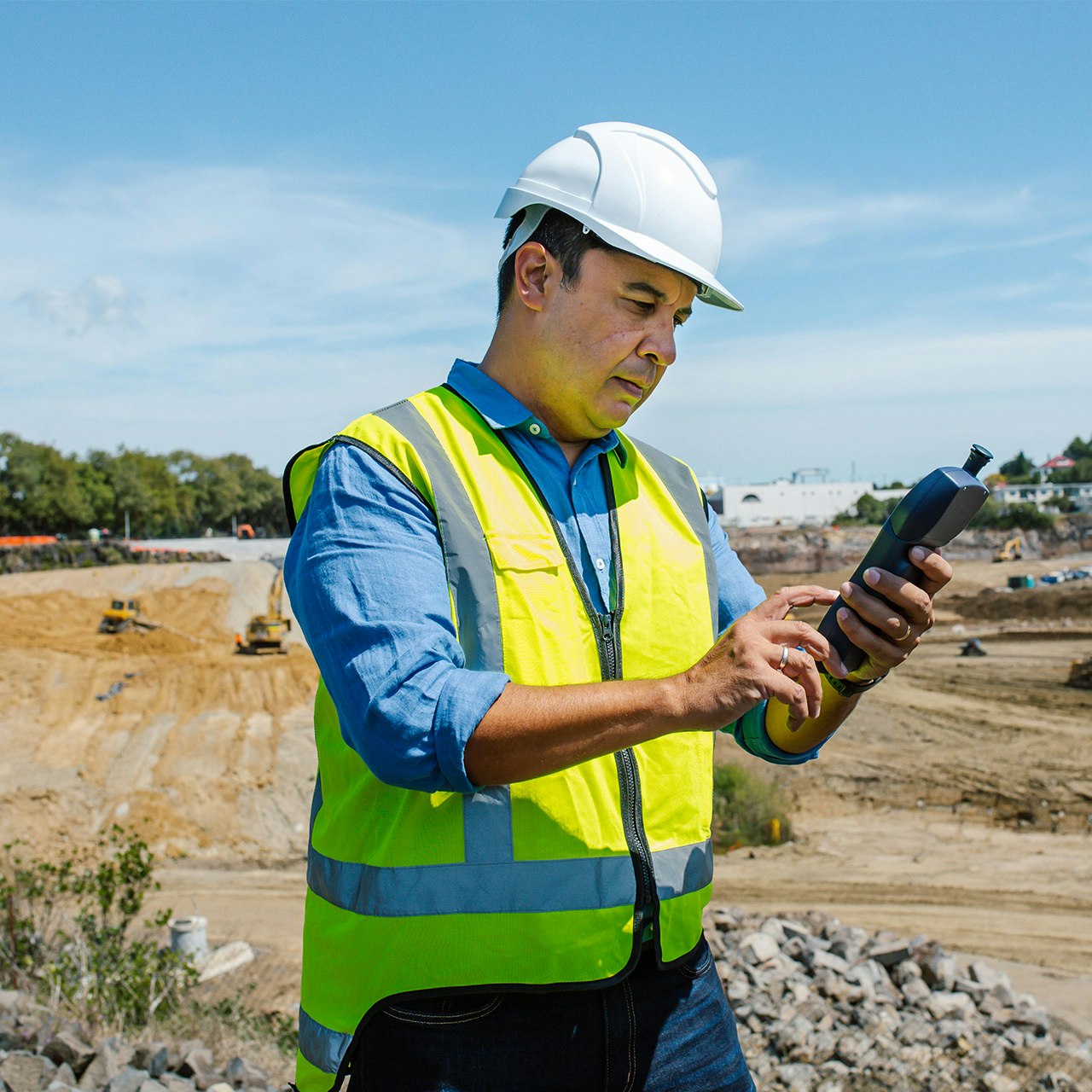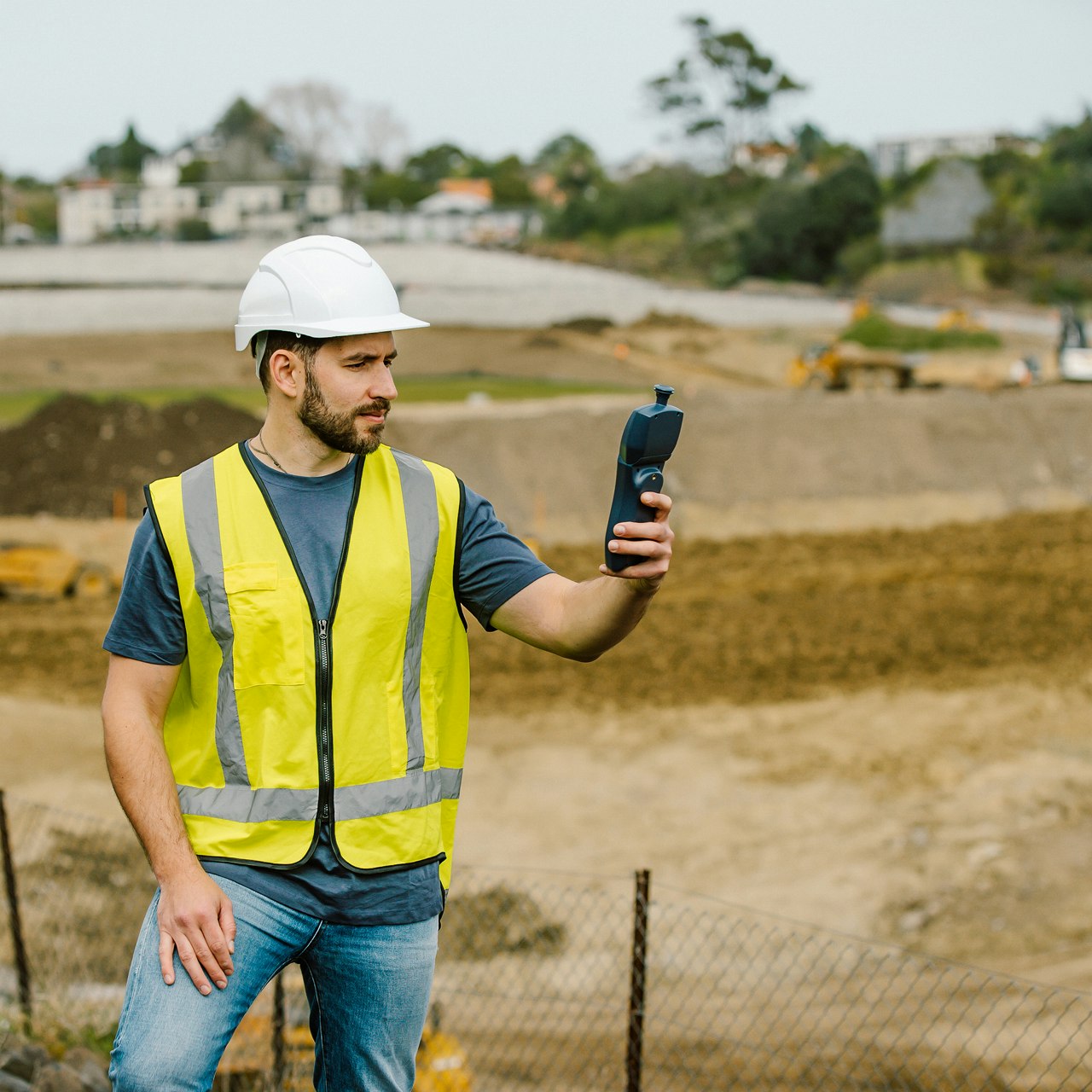Blog
Respirable vs Inhalable Dust: What are the Differences?
Article Details
Last Updated
12 September 2025
Published
16 March 2022
Category
Remediation
Monitoring airborne dust is an unavoidable aspect of doing business across a variety of industries. From mining to construction, pharmaceuticals, forestry, and manufacturing of all types, maintaining dust levels below healthy limits is both a legal necessity and a key part of being a responsible operator. Protecting workers, the community, and the surrounding environment from health effects caused by dust inhalation requires dust monitoring equipment capable of delivering reliable results in real-time.
However, not all dust is created equal. Respirable and inhalable dust particles affect the body in different ways, posing a unique set of risks depending on particle size. Being able to accurately measure these different sizes goes a long way toward maintaining a healthy working environment. So, what are the primary differences between respirable and inhalable dust? And how can you ensure you’re getting the best possible information about what’s happening on your site?
Defining respirable vs inhalable dust
When monitoring dust levels, the two primary types of particulate fraction you should be tracking are respirable and inhalable dust. As defined by the World Health Organization, inhalable dust refers to a particle “that can be breathed into the nose or mouth.” Respirable dust is a sub-set of inhalable dust, covering any “fraction of inhaled airborne particles that can penetrate beyond the terminal bronchioles into the gas-exchange region of the lungs.” This classification is determined by particle size.
Inhalable dust can refer to particles as large as 100 microns in diameter (about the width of a human hair). Examples of inhalable dust sources include certain types of hardwood, the grinding of metals such as lead-containing alloys, and earth-moving activities involved in construction and remediation. Respirable dust particles that can enter the lungs and penetrate further into the gas exchange region are much finer. Respirable dust particles may contain quartz, silica, and various hazardous metals, made airborne via grinding or drilling processes.
What are the health effects of inhalable and respirable dust?
Potential dust inhalation health effects include shortness of breath, lung disease and scarring, cancer, fibrosis, and more. Particles on the finer end of the respirable dust scale can cause inflammation of the heart, raising the probability of heart disease or a potentially fatal attack down the line. While dust monitoring has traditionally focused on inhalable particulate, increased knowledge around respirable dust health effects has led to multi-particulate measurement becoming the new normal. With respirable dust unable to be seen by the naked eye (unless under very particular lighting conditions), real-time monitoring is the only way for responsible operators to get a true sense of how well they're able to maintain healthy dust levels.
Introducing Aeroqual Ranger – Accurate, simultaneous dust measurement
Aeroqual Ranger | Dust is a cutting-edge handheld dust monitoring system aimed at solving some of the biggest pain points facing air quality monitoring today. In addition to providing remote anytime access to your data thanks to Wi-Fi capability and Aeroqual Cloud, Ranger provides simultaneous active sampling measurement of a full spectrum of particle sizes (PM1, PM2.5, PMrsp, PM10, and TSP.) Combining the functionality of a fixed monitor with the portability of a handheld device, Ranger offers unparalleled insight into the nature of on-site dust levels. Maintain inhalable and respirable dust below safe limits while tracking a range of key pollutant types as needed, using Ranger’s swappable sensor head technology.
No matter your industry, if your operations involve any form of blasting, drilling, grinding, cutting, or transferring of fine materials, dust creation is bound to be part of your day-to-day. Managing that risk can be a challenge. Ranger is here to help make life easier.
Want to find out more?
If you’d like to know more about the difference between respirable and inhalable dust, measuring different dust particle types, or how Ranger can help you save time and money, please get in touch!
Related products
Portable dust monitoring made easy
Ranger provides simultaneous measurement of key particle sizes in a portable, connected solution.












